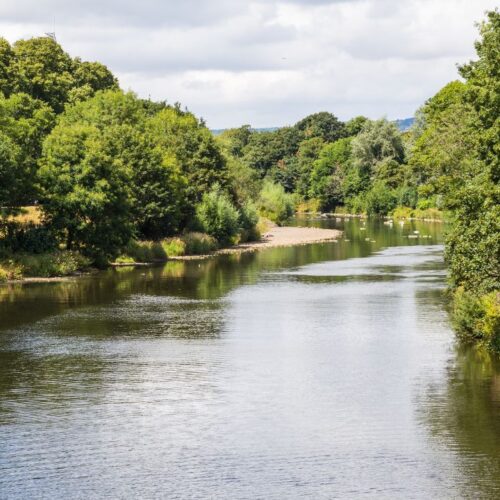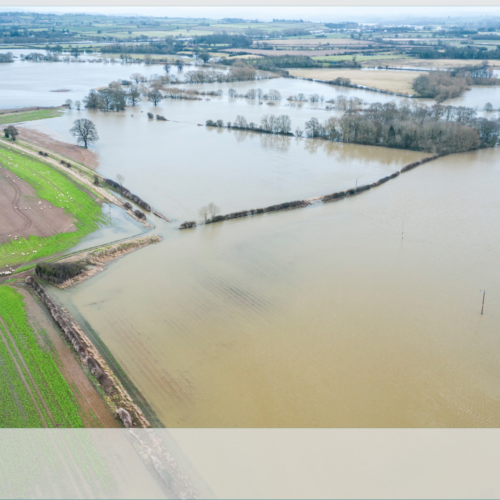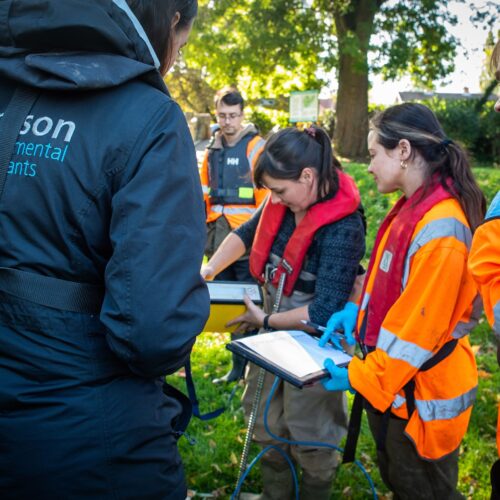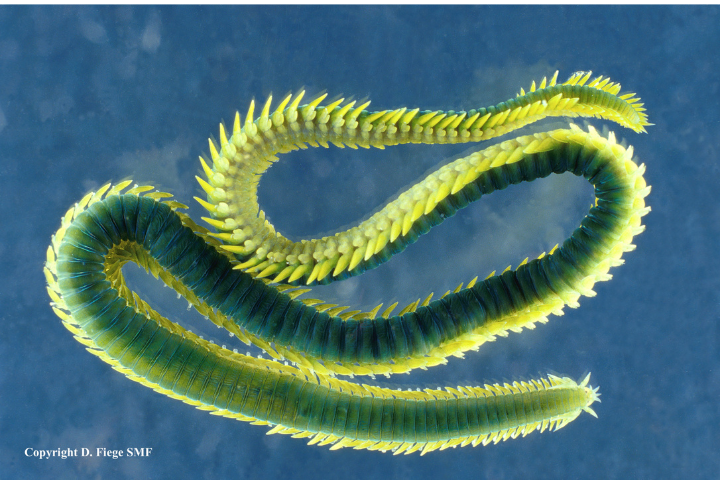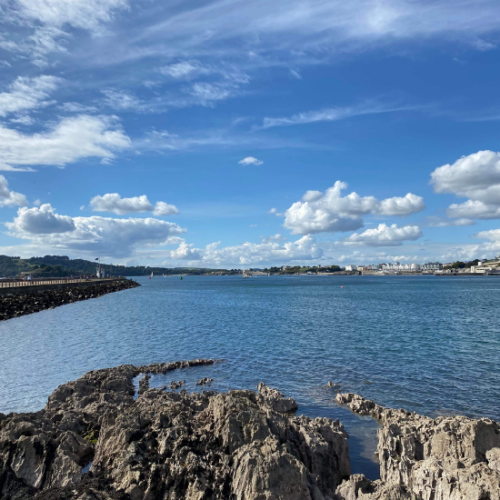Electrofishing at Gatwick
Thomson’s freshwater team recently completed electrofishing surveys at two sites in the River Mole catchment close to Gatwick Airport. The surveys are needed to inform the impact assessment and design of a transport development scheme and form part of a suite of ecological and environmental investigations.
Accompanied by Peak Ecology, the team recorded 10 different species of fish across the two sites, ranging from <100mm minnow (Phoxinus phoxinus) to 650mm pike (Esox lucius) and 450mm chub (Leuciscus cephalus). The species found were indicative of slow flow conditions and the size range within species showed a diverse age range, representative of a growing population.
What is electrofishing?
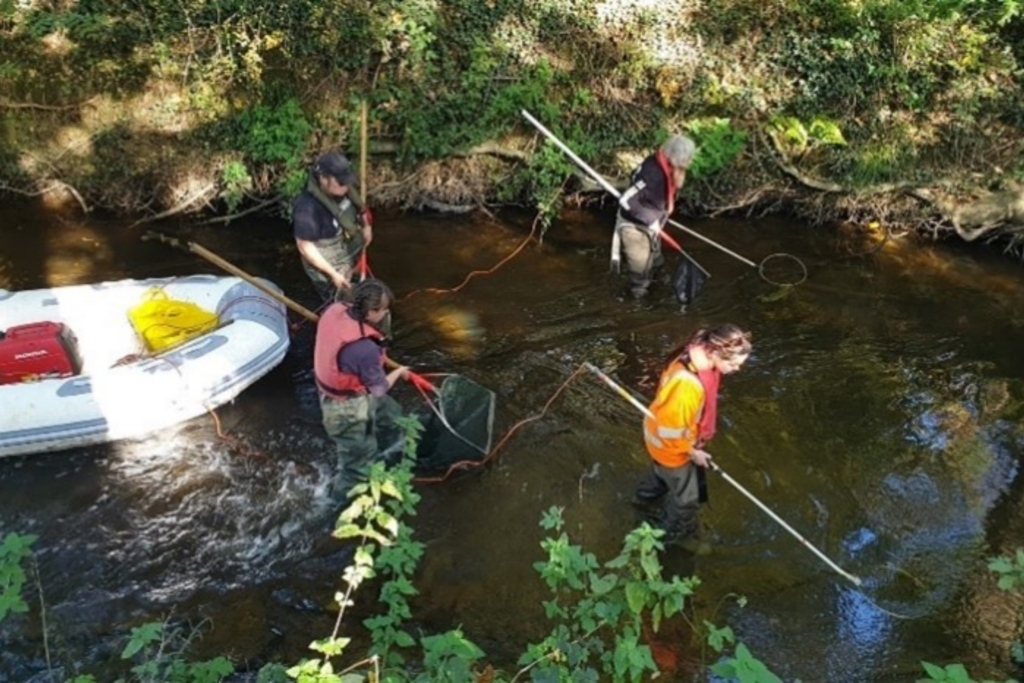
Electrofishing involves passing an electric current through parts of the waterbody in order to temporarily stun the fish and allow for efficient and effective catching. It is usually performed in the spring and autumn months in order to avoid high temperature waters in the summer and the dormant period in the winter. It is important to check whether a waterbody contains salmonids as these have higher sensitivities when it comes to water temperature and restrictions for fishing during spawning season.
During a baseline survey, a section of the river is cordoned off using barrier stop nets and electrofishing runs are completed until there is at least a 50% depletion in the catch of the run. Fish are stored in aerated containers between each run and are identified, measured, counted and a general health check is performed. Surveying using this method, which is known as ‘catch depletion’, is a good way to develop an understanding of a waterbody’s fish population, and repeated surveys over years or seasons can track changes and monitor populations.
The method is different for a fish relocation project as, in this instance, electrofishing continues until the surveyors are confident all fish have been removed and are therefore safe from any development impacts. This method is more effective than netting as it is more efficient and improves the catch rate of small, agile fish as well as benthic fish such as flounder (Platchthys flesus). However, netting may be more appropriate for specific sites or waterbodies such as those with extremely low oxygen concentrations where fish may be easily stressed.
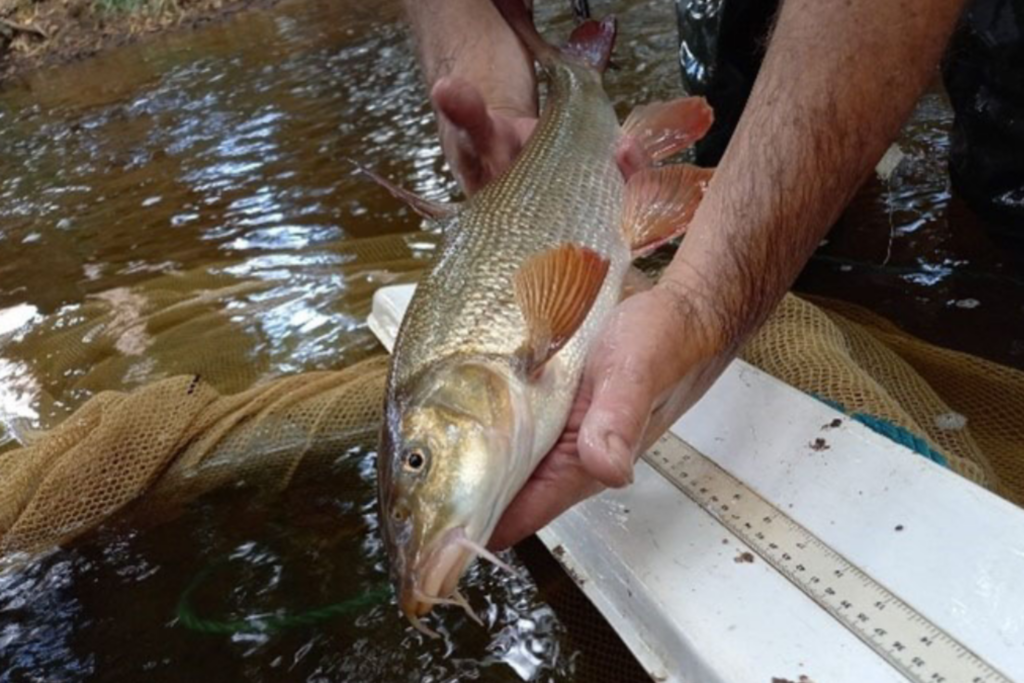
Electro-fishing involves the use of specialised equipment including generators and electrofishing boxes and therefore must be carried out by a trained and competent survey team in order to protect the fish, environment and those surveying. Furthermore, appropriate permission from the Environment Agency (EA) must be granted in the form of an FR2 consent to perform electrofishing. Separate permits are required for moving live fish during a translocation to other sites. As well as obtaining the appropriate consents, it is also critical that surveyors have a good understanding of fish ecology and care so that welfare remains the highest priority. Fish surveys are key to understanding not only the species richness, abundance and age class within a waterbody, but they can also assess the health of the waterbody. In a lowland river catchment like the Mole, you would expect to find a range of cyprinid or coarse fish species such as roach (Rutilus rutilus), pike and bream (Abramis brama). In a healthy river you would also anticipate a range of sizes indicating a population ranging from juveniles to adults, indicative of a breeding population.
Regular fish surveys can produce baseline data from which changes in water quality can be identified through presence or absence, and changes in community composition over time. This is because fish species have different tolerances to pollution. For example, salmonid species (such as Atlantic salmon (Salmo salar) and brown trout (Salmo trutta)) and European river lamprey (Lampetra fluviatilis) are intolerant to poor water quality and so their absence can be an indicator of pollution. On the other hand, tench (Tinca tinca) and chub are tolerant of poor water quality and so large numbers of these species could indicate polluted conditions. However, fish communities are influenced by many other factors including habitat quality and stocking for angling, and so survey results need to be interpreted with care by a fisheries expert.
How we can help
Our team of freshwater specialists have the expertise to advise upon and complete a range of fish and aquatic surveys to support development proposals. Get in touch today to discuss your freshwater requirements.


